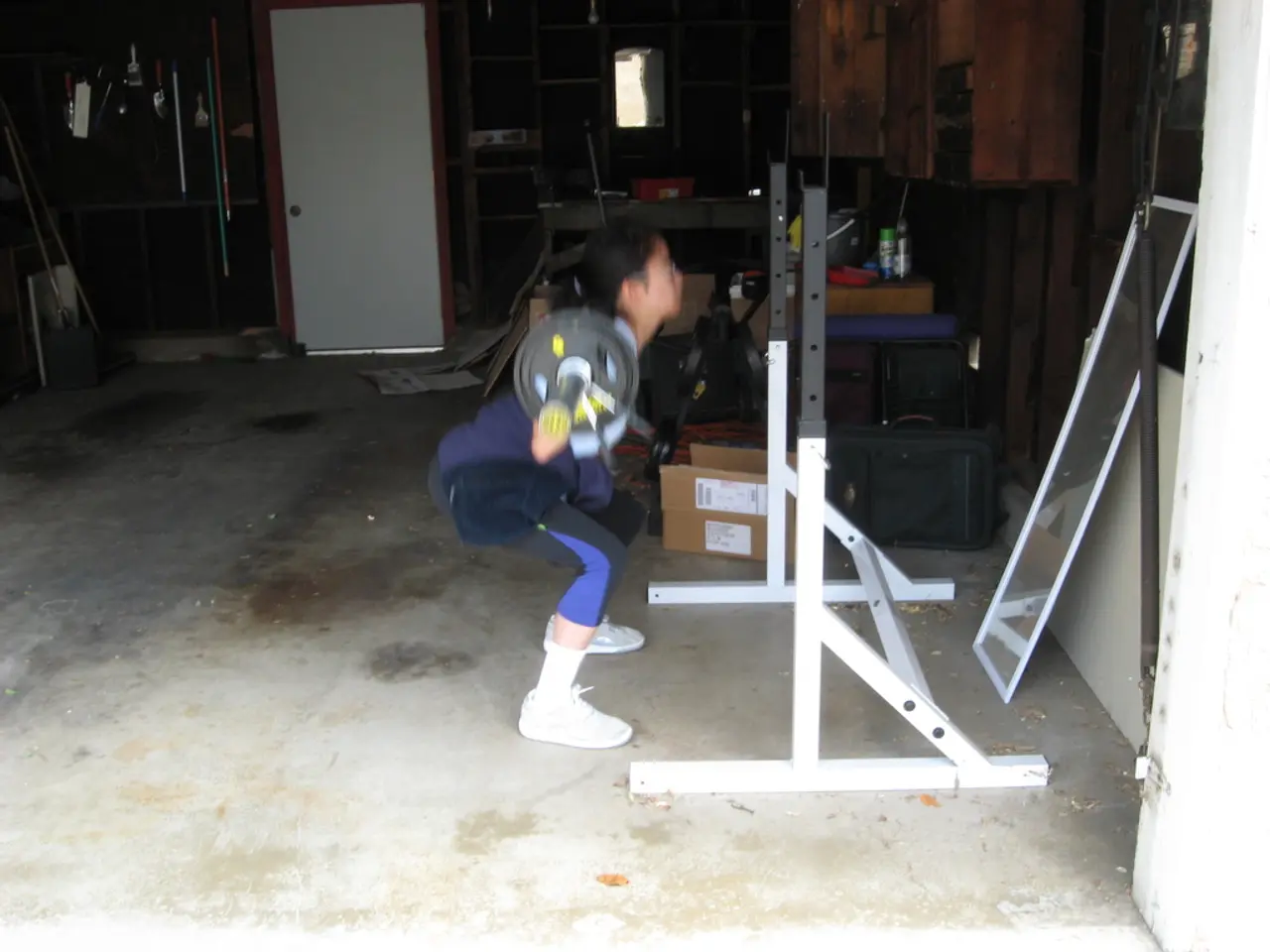Core Muscles Overlooked: Obliques - Key Muscles Strengthening Spinal Health, Posture, and Balance
In a recent study published in the Journal of Physical Therapy Science, it was found that integrating diaphragmatic breathing into core training can improve core strength and function more effectively than exercises not linked to breath. This discovery underscores the importance of the obliques, the muscles that run along the sides of the waist, in supporting our spines, maintaining balance, and enabling comfortable movement through daily activities.
Dana Santas, a certified strength and conditioning specialist, mind-body coach in professional sports, and the author of the book "Practical Solutions for Back Pain Relief," is an expert in the field. Santas explains that the obliques, made up of two layers—the external and internal—play a crucial role in keeping us upright, balanced, and moving comfortably.
The external obliques run diagonally from the lower ribs down toward the opposite hip, while the internal obliques sit underneath with fibers running diagonally upward from the pelvis toward the ribs. Weak obliques can lead to a cascade of instability and misalignment, resulting in ribs jutting forward, pelvis tipping out of alignment, and the spine losing its stable foundation.
Every exhale naturally recruits the obliques to help narrow and stabilize the rib cage, keeping the lower ribs from flaring and creating postural alignment with the hips. This means you can strengthen your obliques and improve your posture and stability simply by being intentional with your breathing.
Exercises like the chop exercise, which targets the obliques by pulling down diagonally across the body with both hands, using a resistance band or cable, and the side plank exercise, which lifts hips off the ground into a straight line and holds for 20 to 30 seconds while breathing steadily with long, deep exhales, are effective in strengthening these essential muscles.
The offset carry exercise, where you hold a dumbbell or kettlebell in one hand and walk slowly 20 paces, keeping the core stable and posture upright, and the dumbbell side bend exercise, which targets the obliques by slowly bending sideways, lowering the weight along the leg to a comfortable end range, are also beneficial for oblique strengthening.
Research consistently links core weakness to low back pain, which affects up to 80% of American adults at some point in their lives. Strong obliques stabilize the trunk during single-leg movements and help transfer force from the lower body to the upper body, essential in sports like tennis, baseball, and golf, but also important in daily activities like raking leaves, shoveling snow, or carrying groceries.
Targeted core training programs like Pilates can increase the thickness and activation of the obliques, improving both stability and function. By focusing on our obliques, we can not only alleviate back pain but also enhance our overall physical performance and well-being.
Stay tuned for our next article, where we'll explore another often-overlooked muscle group: the inner thighs.
For a seven-part guide to easing into a healthy routine, backed by experts, sign up for CNN's Fitness, But Better newsletter series.
Read also:
- Is it advisable to utilize your personal health insurance in a publicly-funded medical facility?
- Dietary strategies for IBS elimination: Aims and execution methods
- Benefits, suitable dosage, and safety considerations for utilizing pumpkin seed oil in treating an overactive bladder
- Harmful Medical Remedies: A Misguided Approach to Healing




